Premium Only Content
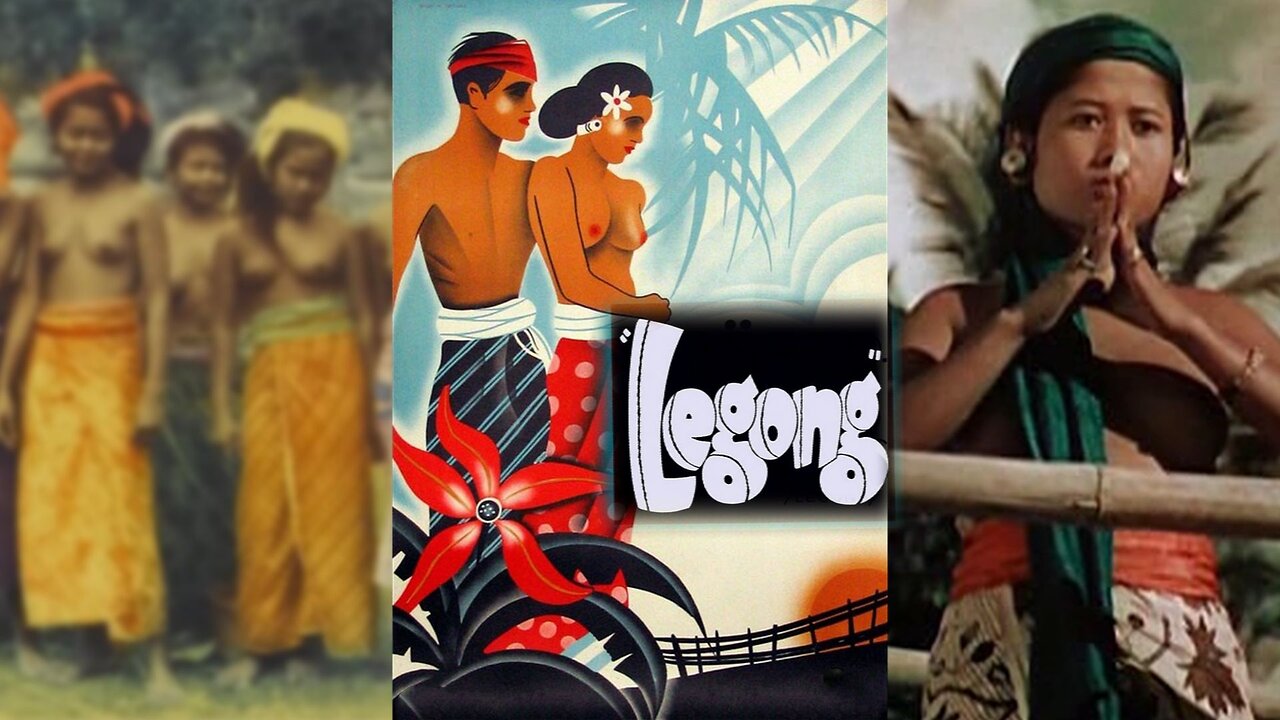
LEGONG: DANCE OF THE VIRGINS (1935) Poetoe Aloes Goesti | Drama, Romance | TECHNICOLOR
Legong: Dance of the Virgins is a 1935 drama travelogue silent film, one of the last feature films shot using the two-color Technicolor process, and one of the last silent films shot by a major Hollywood studio. It is a drama based on a Balinese native tale, with travelogue elements depicting Balinese culture. Legong and the follow up travelogue drama Kliou, the Killer (considered a lost film) were the last mainstream silent films to be released in the US.
SYNOPSIS
In Bali, a young woman falls in love with a musician, but he may have eyes for her half-sister.
Poutou the daughter of Gousti Bagus is in love with Nyong. She attends a barong dance depicting a mythical struggle between a demon and men but is only interested in Nyong who is also there in the crowd of spectators. Nyong is invited to the home of Gousti Bagus and Poutou the next day. He is on his way when he sees Poutou's sister Saplak bathing and is smitten. Nyong writes on a leaf for Saplak to meet him during the temple dance (Legong) Potou is to dance at. It is to be her last temple dance and Potou is very happy until she finds the note and learns of the betrayal.
CAST & CREW
Poetoe Aloes Goesti as Poutou
Bagus Mara Goesti as Gousti Bagus
Saplak Njoman as Saplak
Njong Njong Njoman as Nyong
Directed by Henri de La Falaise
Written by Hampton del Ruth (titles)
Produced by Constance Bennett
Cinematography W. Howard Greene
Production company Bennett Pictures Inc.
Distributed by DuWorld Pictures Inc. (US)
Paramount International (outside US)
Release date October 1, 1935 (U.S.)
Running time 53 minutes
Country United States
Language Silent (English intertitles)
NOTES
Legong was an American exploitation film (of a type often referred to as a "goona-goona epic") similar to Isle of Paradise (1932), directed by Charles Trego, and Goona Goona or Love Powder (1932) directed by Andre Roosevelt and Armand Denis. Legong was produced and directed by Gaston Glass and Henry de la Falaise for Falaise's wife Constance Bennett's Bennett Pictures Corporation, and was filmed entirely on location in Bali from May to August 1933, using an all-Balinese cast. The crew was helped by Roosevelt, Denis, and Walter Spies to gain access to local villages and people willing to act in the film.
The cameraman was three-time Academy Award winner color specialist W. Howard Greene, billed as William H. Greene, who also photographed the two-color Technicolor scenes in Ben-Hur (1925), in addition to many other early Technicolor films. Legong was first distributed in the United States in 1935 by DuWorld Pictures Inc. and outside the U.S. by Paramount International. The score was compiled from stock cues from the Abe Meyer library, and was conducted by Samuel Wineland.
The film was restored by the UCLA Film and Television Archive in 1999 and released on DVD in 2004. Legong was reconstructed using three surviving nitrate two-color Technicolor prints, one each from the United States, Canada, and the United Kingdom. Scenes of nudity had been trimmed from the U.S. print, while shots of cockfighting had been removed from the British print. The DVD release includes an alternative soundtrack composed by Richard Marriott and I Made Subandi and performed by Gamelan Sekar Jaya and Club Foot Orchestra. The new score mixes Balinese and Western musical traditions. The score is quite unique in that it uses heavy violin ostinato with shouting over the top of it during scenes depicting crowds and cockfighting. This mixture of Balinese music with western instruments creates a unique sound. The score took roughly two months to compose though they had six months in advance to prepare. They borrowed heavily from native music such as barong, legong, garuda and bali langjar.
The new score was performed live at showings of the film at the Castro Theatre in San Francisco in May 1999, and at the UC Theater in Berkeley in 2000.[citation needed] There were also performances at the Winter Garden in the World Financial Center in New York City, as part of the Silent Film/Live Music festival in 2000 and 2005. In July 2013 the score was performed again at the Castro Theatre as part of the San Francisco Silent Film Festival.
Love Island (1952) starring a young Eva Gabor uses extensive footage taken in Bali used from this film Legong: Dance of the Virgins.
-
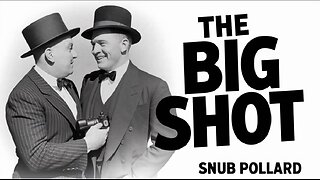 15:06
15:06
Lost n Found Films
3 days agoTHE BIGSHOT (1929) 'Snub' Pollard, Marvin Loback & Thelma Daniels | Comedy | Short
115 -
 LIVE
LIVE
The Bubba Army
23 hours agoVideo Killed The Radio Star, RELEASE DAY! - Bubba the Love Sponge® Show | 9/12/25
4,956 watching -
 2:00:36
2:00:36
BEK TV
1 day agoTrent Loos in the Morning - 9/11/2025
12.6K1 -
 22:25
22:25
DeVory Darkins
1 day ago $21.86 earnedTrump issues statement to the nation as FBI drops shocking update about shooter
99.1K144 -
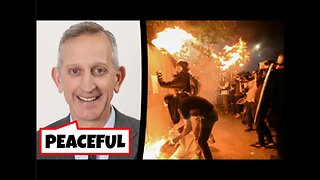 10:55
10:55
Nate The Lawyer
2 days ago $2.11 earnedPortland's WOKE Laws Stop ALL Arrests to Help Illegal Migrants Fight ICE.
38.1K30 -
 3:06:32
3:06:32
Price of Reason
16 hours agoCharlie Kirk Investigation Continues | Remembering 9-11 | Robert Downey Jr. Doctor Doom Look Reveal
281K71 -
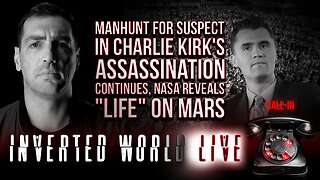 2:12:26
2:12:26
Inverted World Live
12 hours agoManhunt for Suspect in Charlie Kirk's Assassination Continues, NASA Reveals "Life" on Mars | Ep. 107
264K58 -
 2:44:02
2:44:02
TimcastIRL
13 hours agoMedia Warns Of Civil War Following Charlie Kirk Assassination | Timcast IRL
503K380 -
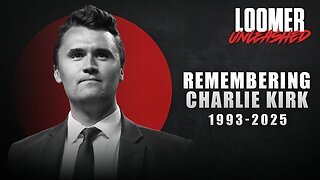 2:59:56
2:59:56
Laura Loomer
14 hours agoEP143: Remembering Charlie Kirk (1993–2025)
125K89 -
 58:04
58:04
Man in America
17 hours agoCharlie Kirk’s Assassination—An URGENT WARNING for America
141K193